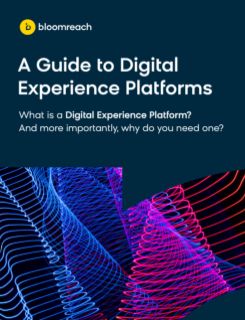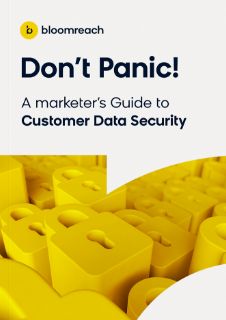The Bloomreach Blog
Stay ahead in ecommerce and AI with The Edge, a bi-weekly newsletter featuring the latest insights on ecommerce topics, trends, and innovations.
Subscribe to get our hot takes delivered to straight your inbox.
Explore by Category
All Categories
Explore by Tag
All Tags

Filter
Explore by Category
Explore by Tag
Subtopic tags
- Data Privacy, Security, and Consent Management
- AI Marketing and Commerce
- Customer Journey Analytics and Segmentation
- Product Recommendations
- Search Engine Optimization (SEO)
- Digital Transformation
- Email Marketing
- Content Management
- A/B Testing
- Conversion Rate Optimization
- Headless Commerce
- Customer Experience
- B2B Manufacturers
- B2B Distributors
- Mobile & App
- SMS & Messaging
Commerce Experience
Why You Need Cohesive Ecommerce Data for AI Success
Discover the pitfalls of Frankenstein AI in ecommerce and why well-integrated, smart AI solutions are crucial for improving the customer experience.
Read more12/06/2023
AI Marketing and Commerce
Real-Time Personalization
Ecommerce Site Search and Merchandising
Customer Data Platform
Content Management System
B2B Insights





































